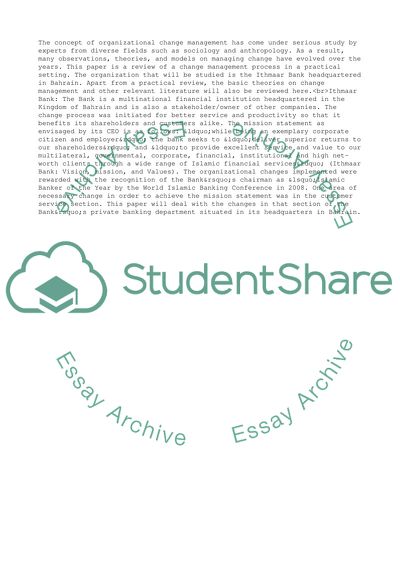Cite this document
(Management of Change In Sustaining and Growing Business Research Paper - 1, n.d.)
Management of Change In Sustaining and Growing Business Research Paper - 1. Retrieved from https://studentshare.org/management/1726118-management-of-change
Management of Change In Sustaining and Growing Business Research Paper - 1. Retrieved from https://studentshare.org/management/1726118-management-of-change
(Management of Change In Sustaining and Growing Business Research Paper - 1)
Management of Change In Sustaining and Growing Business Research Paper - 1. https://studentshare.org/management/1726118-management-of-change.
Management of Change In Sustaining and Growing Business Research Paper - 1. https://studentshare.org/management/1726118-management-of-change.
“Management of Change In Sustaining and Growing Business Research Paper - 1”, n.d. https://studentshare.org/management/1726118-management-of-change.


